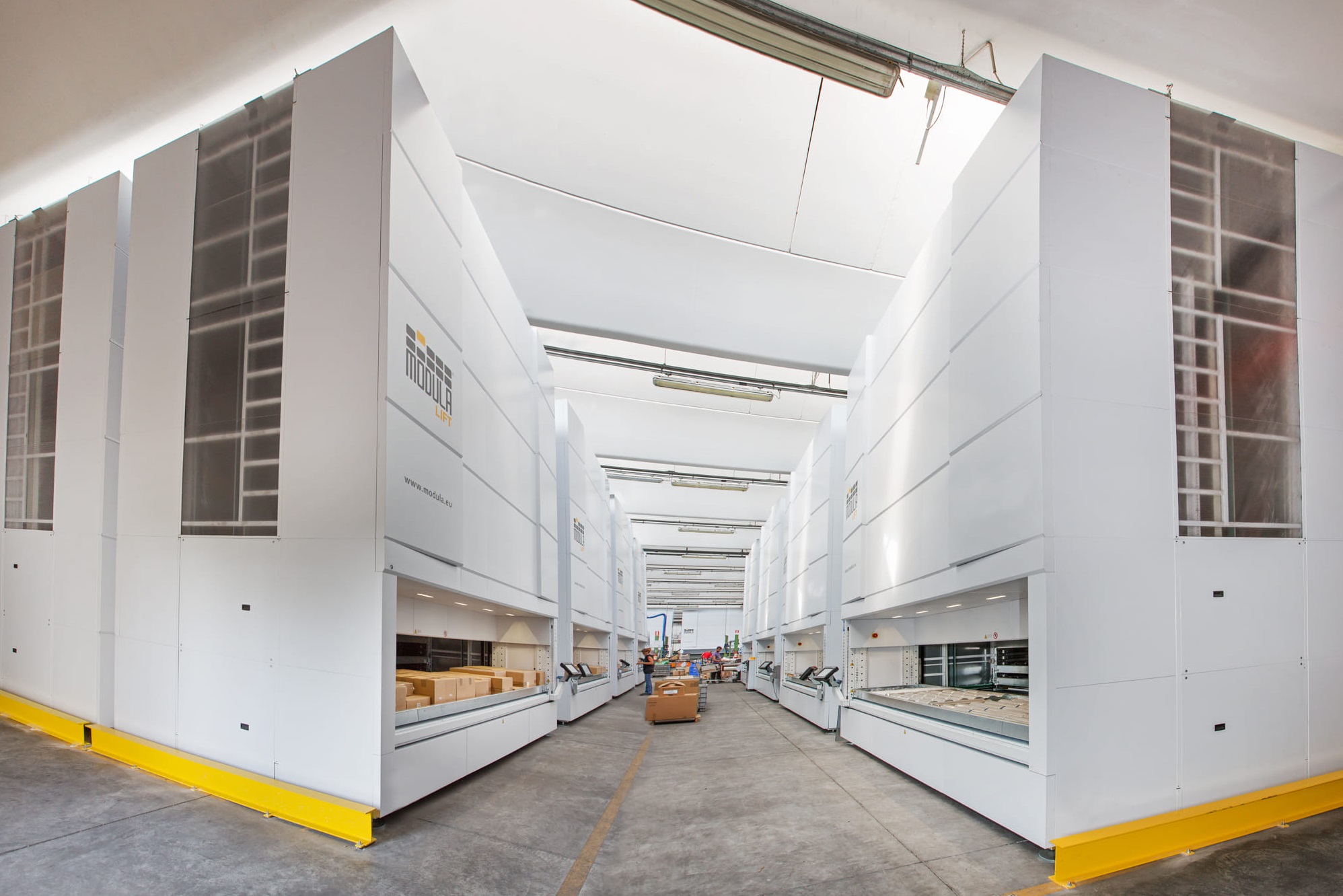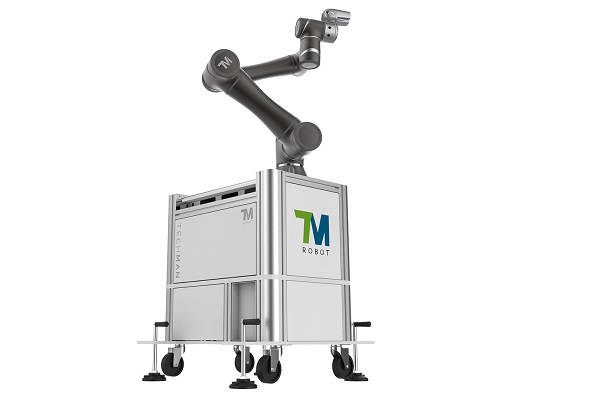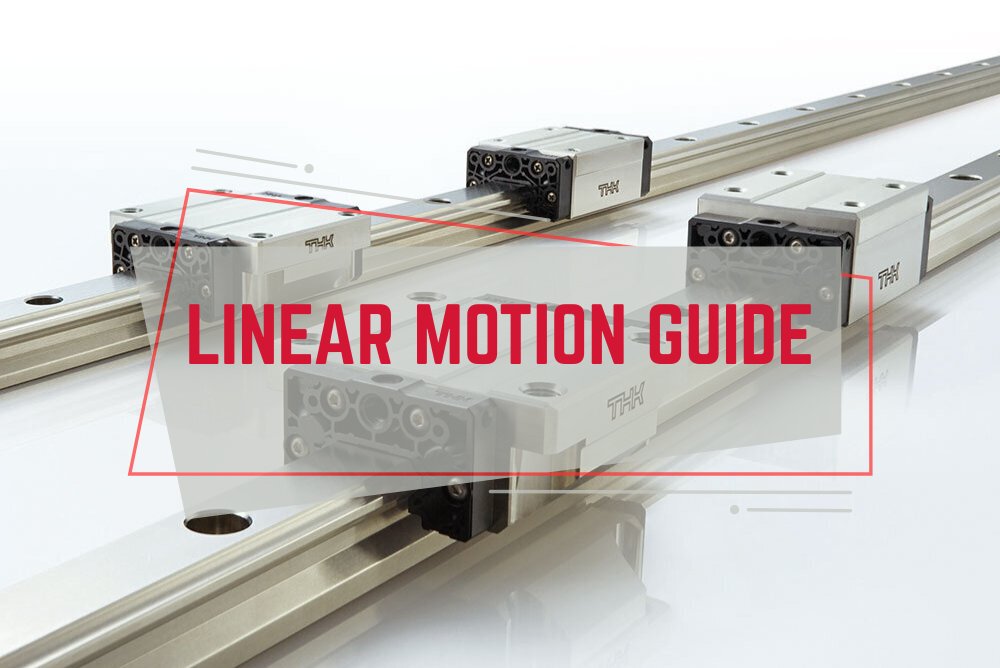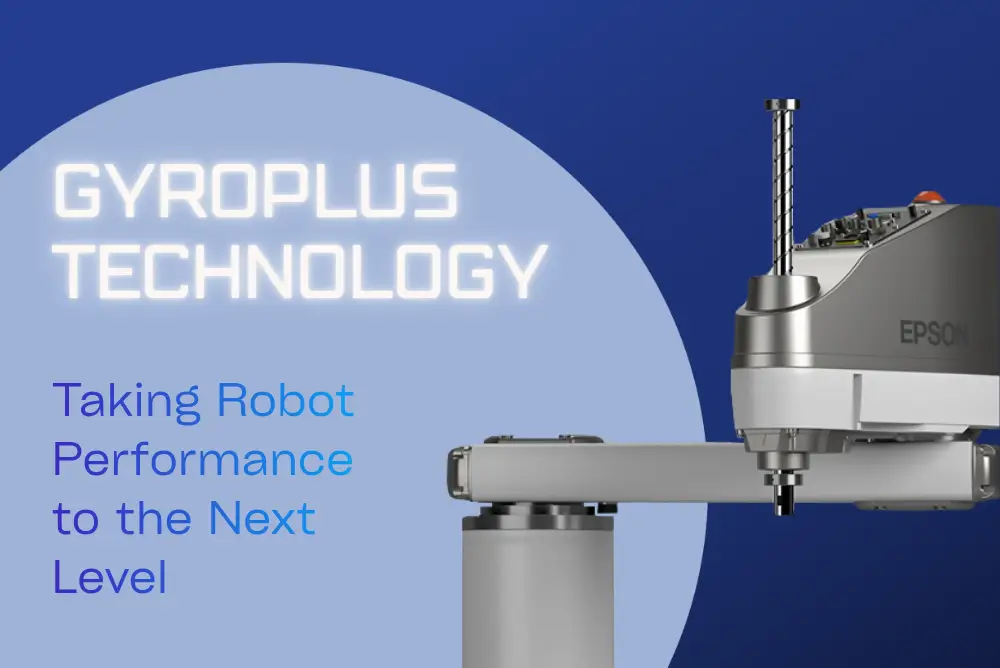 Contents
Contents
When talking about servo presses, many people wonder: “How does this type of machine work? Does it run on motors or pneumatics?” The difference lies in its fundamental structure and drive mechanism.
What are servo presses
A servo press is a type of press that uses a servo motor as its main drive source instead of hydraulic or pneumatic pressure. When the servo motor rotates, this rotary motion is transmitted through a ball screw, which converts it into the linear up-and-down motion of the ram, generating pressing force directly on the workpiece.
Structure of a Servo Press
The structure of a servo press is illustrated below:
1. Servo Motor
At the heart of the servo press is the servo motor, which generates torque and is precisely controlled according to programmed commands.
2. Ball Screw
When the motor rotates, its motion is transmitted to the ball screw (highlighted in yellow in the diagram). This special mechanical component converts rotary motion into vertical linear motion.
Through this mechanism, the motor’s rotation is transformed into linear pressing force applied directly to the workpiece.
Ball screw
3. Ram
Mounted on linear guides, the cylindrical metal component known as the ram moves synchronously with the ball screw. The ram is the part that makes direct contact with the workpiece during pressing.
4. Load cell
To monitor force, a load cell is typically integrated at the tip of the ram. This sensor continuously measures and feeds back the pressing force during operation, allowing real-time monitoring and precise force control.
Load cell
Key Feature of Servo Presses
What sets servo presses apart from other press types is the combination of precise servo motor motion control with accurate force measurement from the load cell.
Unlike hydraulic or pneumatic presses, servo presses do not require oil or compressed air to generate pressure. Instead, the entire process is electrically driven, allowing the ram to stop at any point in its stroke and maintain constant force as needed.
Thanks to this structure, servo presses deliver superior benefits such as higher accuracy, better force and stroke control, and consistent precision. They are especially suitable for applications demanding high accuracy and force control, such as front and rear automotive subframe assembly.
Today, servo presses are available in a wide range of capacities—from compact models generating just a few hundred Newtons, to large models delivering hundreds of kilonewtons. Depending on specific production requirements, companies can choose the right press for the desired force, stroke, and precision.
If you are interested in servo presses, want to conduct a pressing test on a demo unit, or need expert advice on selecting the right model for your production needs, contact Temas. Our engineering team is always ready to help you optimize processes and enhance manufacturing efficiency.
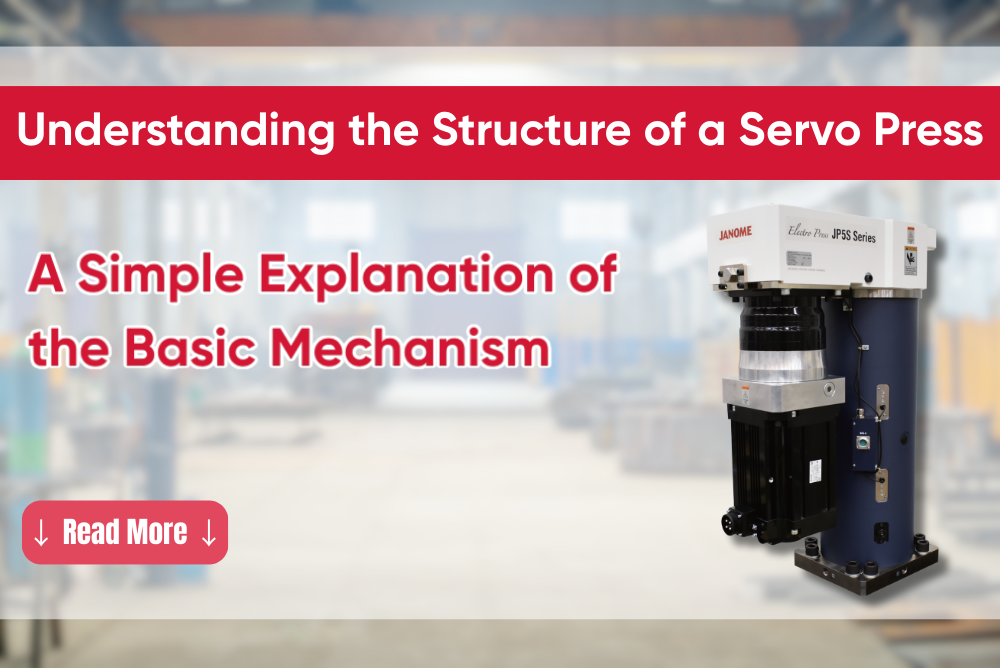
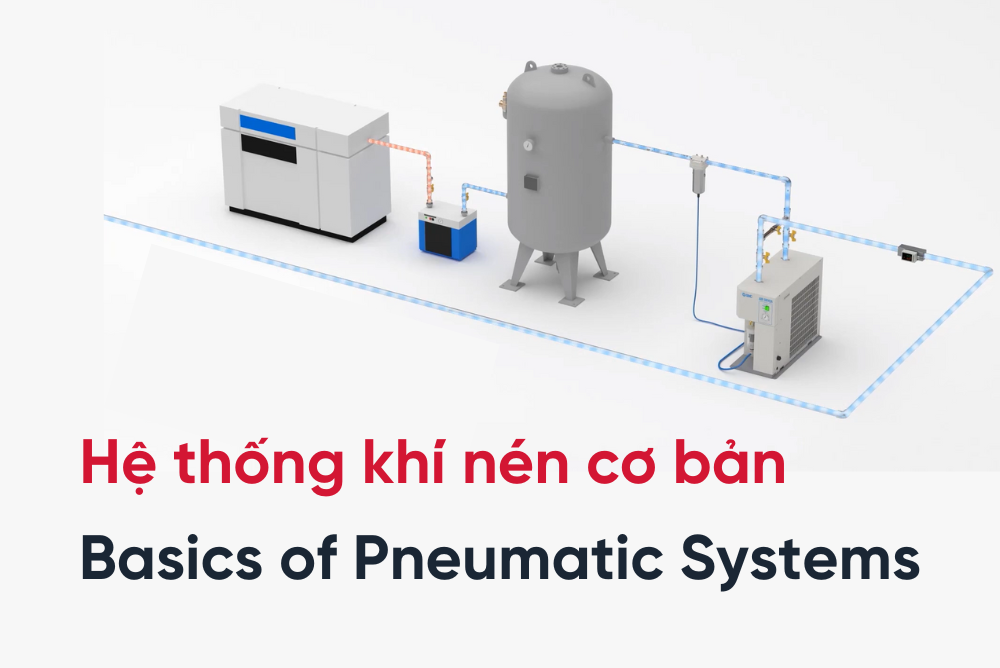
 Read more
Read more
